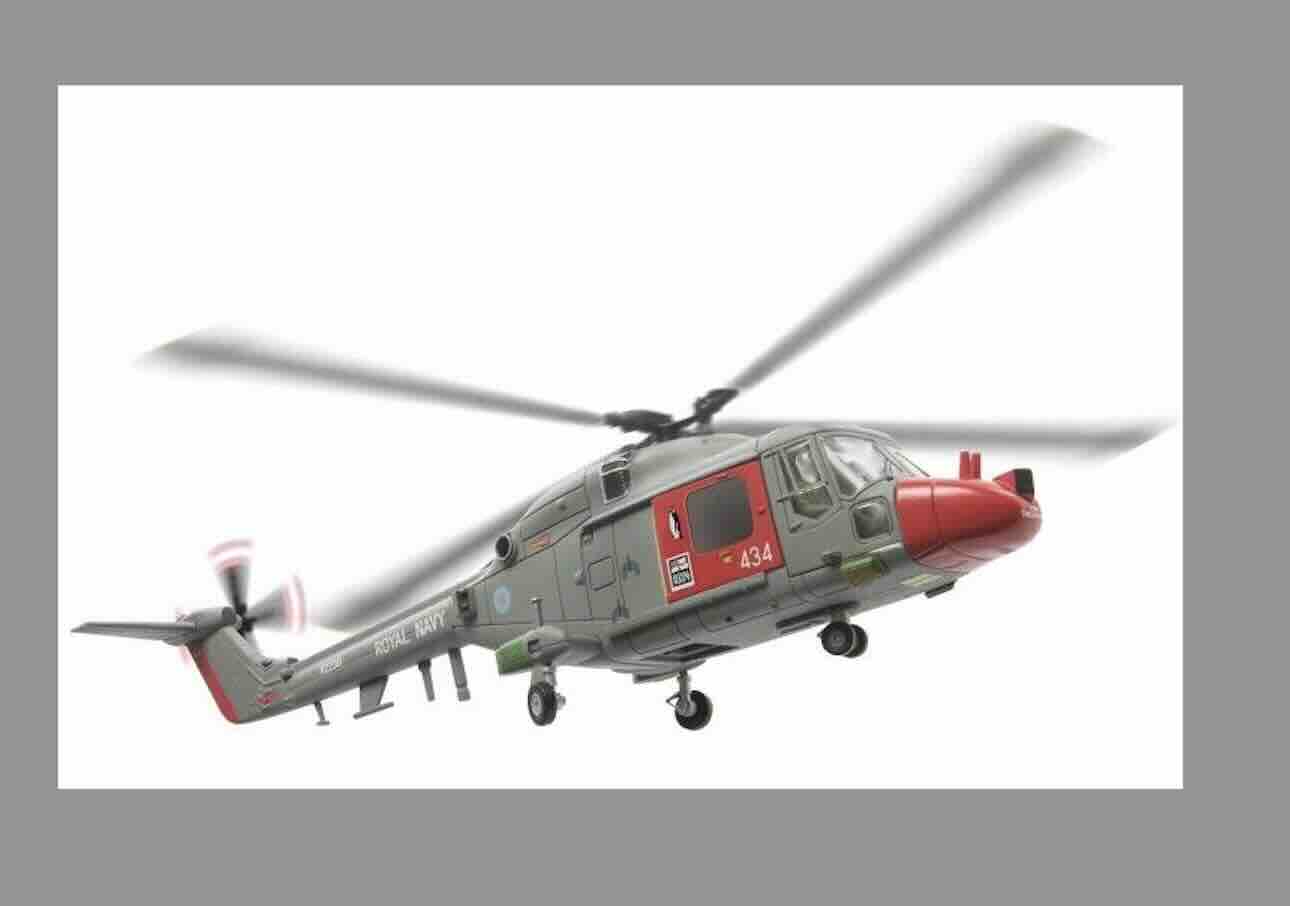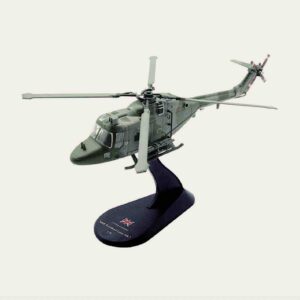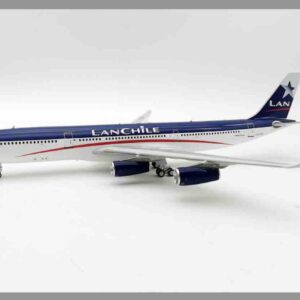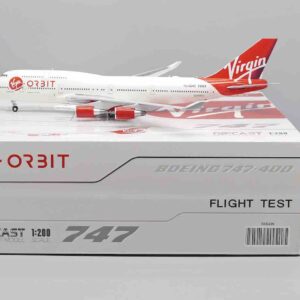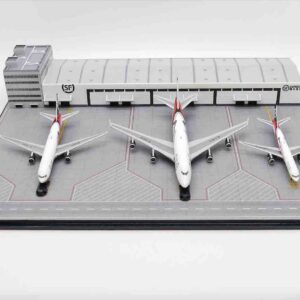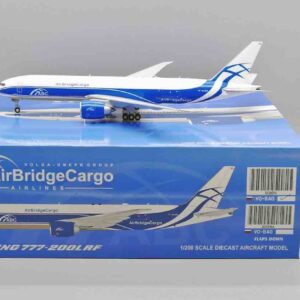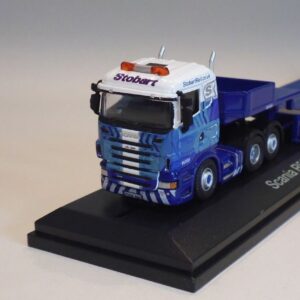Corgi – Westland Lynx HAS.Mk 3 (ICE) , XZ238 / 434 Roal Navy , HMS Endurance 2002
3,199 Kč
Skladem
Popis
-sběratelský model vrtulníka Westland Lynx 1/72 -provedení: kovový model s plastovými částmi -model je v kvalitním provedení -součástí balení je stojánek
Westland Lynx
Westland Lynx je britský vrtulník vyvinutý firmou Westland a v současnosti vyráběný jejím nástupcem AgustaWestland. Vrtulník byl původně vyvíjen jak pro civilní, tak pro vojenské využití. Vojenské verze vrtulníku dodnes provozuje řada zahraničních uživatelů.
The Westland Lynx is a British multi-purpose military helicopter designed and built by Westland Helicopters at its factory in Yeovil. Originally intended as a utility craft for both civil and naval usage, military interest led to the development of both battlefield and naval variants.
| Role | Multi-purpose military helicopter |
|---|---|
| National origin | United Kingdom |
| Manufacturer | Westland Helicopters AgustaWestland |
| First flight | 21 March 1971 |
| Introduction | 1978 |
| Retired | 2017 (Royal Navy), 2018 (British Army) |
| Status | In service |
| Primary users | British Army Royal Navy (historical) German Navy See Operators for others |
| Produced | 1978–present |
| Number built | 450 (as of 2009) |
| Variants | AgustaWestland AW159 Wildcat |
| Developed into | Westland 30 |
Several land and naval variants of the Lynx have been produced along with some major derivatives. The Westland 30 was produced as a civil utility helicopter; it was not a commercial success and only a small number were built during the 1980s. In the 21st century, a modernised variant of the Lynx was designed as a multi-role combat helicopter, designated as the AgustaWestland AW159 Wildcat; the Wildcat is intended to replace existing Lynx helicopters. The Lynx remains in production by AgustaWestland, the successor to Westland Helicopters.
Lynx AH.7
Further upgraded version for the Army Air Corps, with Gem 41-1 engines and uprated gearbox of AH.5 and new, larger, composite tail rotor. Later refitted with BERP type rotor blades. Twelve new build, with 107 Lynx AH.1s converted.A small number also used by the Fleet Air Arm in support of the Royal Marines. The Lynx AH.7 can also be outfitted for the anti-armour role, with the attachment of 2 pylons, each carrying four BGM-71 TOW anti-tank guided missiles. In the light-lift role, it can carry an aircrew member armed with a cabin door mounted L7 General Purpose Machine Gun (GPMG), as well as troops for fast-rope or abseiling insertions, or regular landings. It can also transport cargo. Now replaced in the attack role by the AgustaWestland Apache attack helicopter.
General characteristics
- Crew: 2 or 3
- Capacity: 8 troops
- Payload: 1,480 kg (Brochure)
- Length: 15.241 m (50 ft)
- Rotor diameter: 12.80 m (42 ft)
- Height: 3.734 m for mk7; 3.785 m for mk9 (12.25 ft for mk7; 12.41 ft for mk9)
- Disc area: 128.71 m² (1,385 ft²)
- Empty weight: 3,291 kg (7,255 lb)
- Max. takeoff weight: 5,330 kg (11,750 lb)
- Powerplant: 2 × Rolls-Royce Gem turboshaft, 835 kW (1,120 shp) each
Performance
- Maximum speed: 324 km/h (201 mph)
- Range: 528 km (328 miles) with standard tanks
Armament
- Naval: 2 x torpedoes or 4x Sea Skua missiles or 2 x depth charges
- Attack: 2 x 20mm cannons, 2 x 70mm rocket pods CRV7, 8 x TOW ATGM
- General: 7.62mm General Purpose Machine Guns (AH.7 and AH.9), Browning AN/M3M .50 calibre heavy machine gun (HAS.3 and HMA.8)

